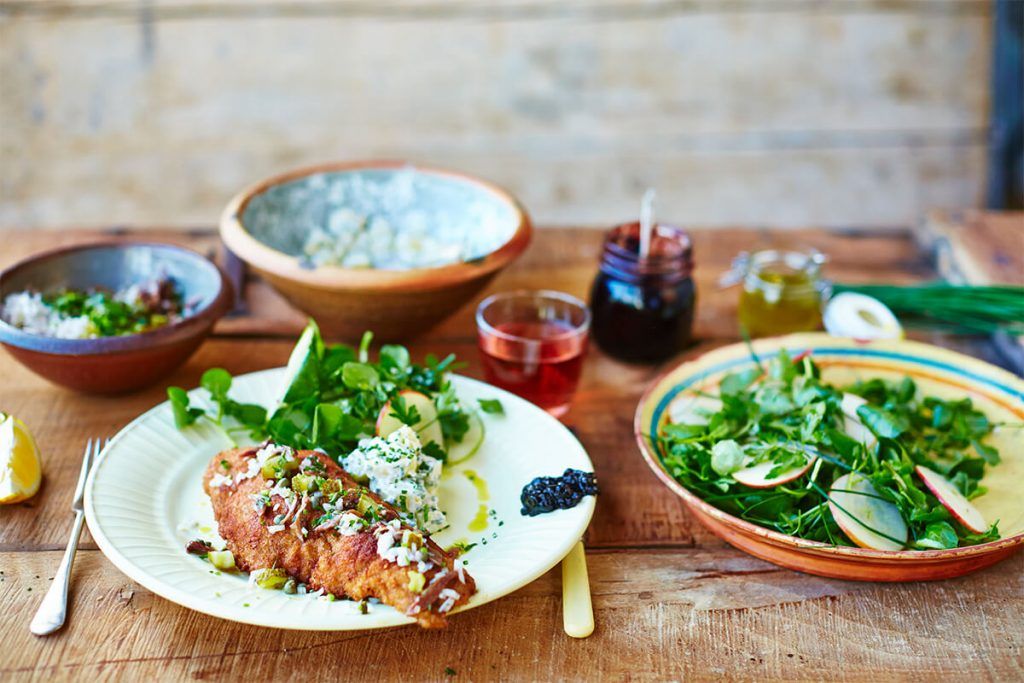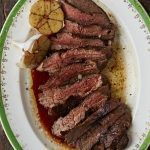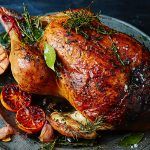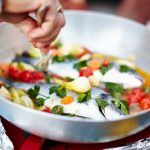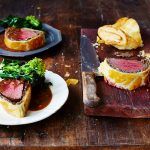This week on Friday Night Feast, Jamie and Jimmy take a look at how the growing British veal industry is also solving a problem for our dairy farmers. Daniel Nowland, Head of Jamie’s Technical Food Team, explains what’s happening.
Back in the 80s and 90s, the veal industry boomed in parts of Europe, and veal farmers produced a pale and soft meat, prized by chefs and consumers alike. This meat came from young calves who were confined in small dark spaces, with restricted movement, and fed on a largely liquid diet. The animals’ meat was pale and mild because they weren’t able to use their muscles. It was the product of cruelty and, in 2007, this method of production was outlawed in the EU.
Today…
Veal production has come a long way, although standards still vary between different countries. However, British farmers have created a product that stands apart, called rose veal.
These calves are housed in light, airy barns, and given deep straw bedding for comfort and enrichment. They have solid food in their diets, which is better for their digestive systems, and helps with muscle development. The calves’ muscles are better developed, which gives the meat a deeper colour, hence the name ‘rose’. This higher-welfare product tastes great, and is certainly worth celebrating.
Rose veal also offers a solution to other challenges faced by dairy farmers…
Waste in the dairy industry
In order for dairy cows to produce milk, they must be made pregnant. This means that all dairy cows give birth once every year. And the baby calves become a by-product of the dairy industry.
Although female calves will likely go on to produce milk themselves, male calves are more of a problem, as only 50 per cent of them are currently used for veal. This means that, sadly, the other 50 per cent of male calves are shot at birth. The fact that only half of male calves have – until now – had any commercial value presents a real ethical and financial problem for dairy farmers.
What’s the solution?
Meat and dairy cows are different breeds, and male dairy calves are not usually suitable for beef production. However, when reared for veal, this difference in breed is not an issue. Veal calves are slaughtered at around eight months old, which is roughly a year younger than regular beef animals. Put simply, the more veal we eat, the fewer male dairy calves are wasted.
Responsibly produced veal is a by-product of the dairy industry, so if we enjoy milk, cheese or ice-cream, you could say that we have a duty not to waste the veal meat the industry produces.
You can support our dairy farmers by buying rose veal. Veal is also lower in saturated fat than beef, and has a more delicate and milder flavour. Look out for RSPCA-Assured veal, to be sure of the best welfare standards.
For more inspiration, check out these tasty veal recipes! Don’t miss this week’s episode of Friday Night Feast is on every Friday, 8pm Channel 4.
